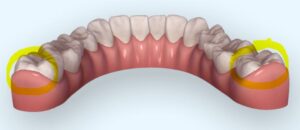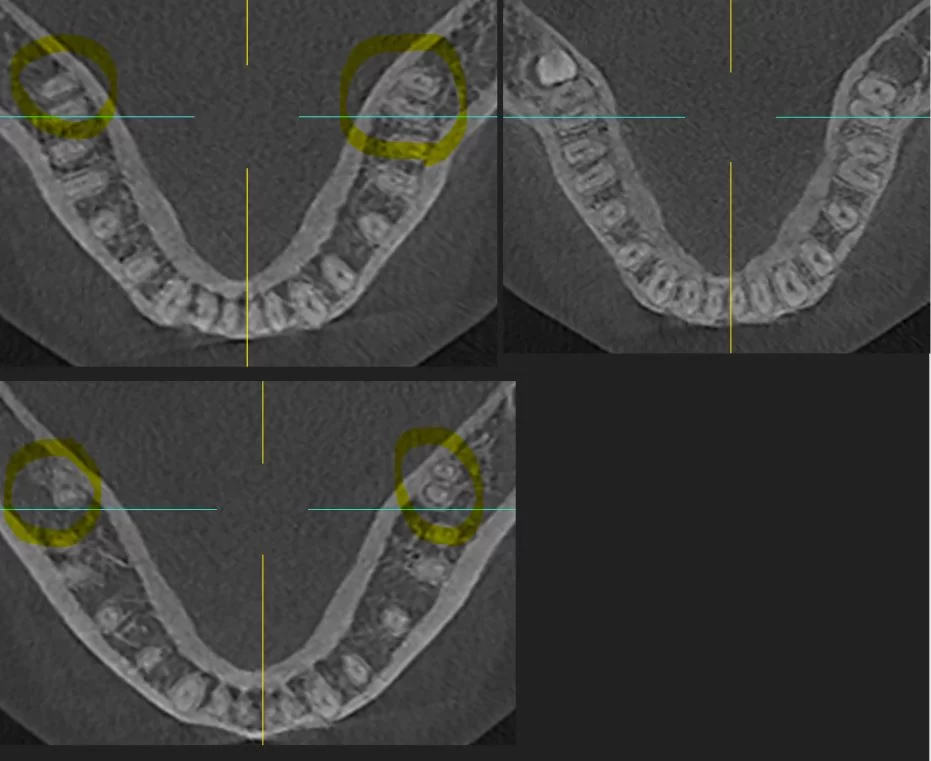What is distalization?
Distalization is a conservative method that is utilized in orthodontics to gain space by moving posterior teeth distally (1). Molar distalization is easier in upper than lower. In upper dentition,there are usually some room to distalize molars when wisdom tooth is extracted. In contrast, space is of insufficient in the mandible to distalize molars.
Anchorage of distalization
For pure distalization of upper or lower molar, extra-oral anchorage is required. If we plan to distalize upper without mesializing lower, we need extra-oral anchorage. Headgear is a good example. It effectively distalize upper molars without any adverse effects on the lower. (no flaring of lower incisors) Mini-screw or mini-implant is required to distalize lower molars
If we use intermaxillary elastics (rubber bands), lowers will move forward when upper molars are distalized. Lower incisors will flare forward and IMPA will increase with this method.
With Invisalign, distalization of upper dentition is performed using intermaxillary elastics from upper canine to lower molars. This is usually not pure distalization of upper alone. Lower incisors can flare forward. It usually may not be problem but if lower incisors are already bucally flared, you may need to be cautious.
Distalization of Lower Molars
Lower molars can be distalized as well in Class III malocclusion. As in the video below, lower molars are distalized using anchorage from the whole upper dentition. It is beneficial to buccaly flare upper central incisors so mini-screw was not used.
Limits of Distalization of lower teeth
Sometimes, distalization of lower dentition can be an option in non-extraction case. If we can distalize enough to solve crowding or improve occlusion, it will be a great alternative to extraction. But how far can we distalize lower dentition?
Soft tissue aspect

Even if we can distalize lower molars mechanically, we don’t want them to be partially impacted in the soft tissue.
As long as If we extract wisdom teeth, will there be enough room to distalize 2nd molars? Not always.
Hard tissue aspect

Oftentimes, cone beam CT scan is required to evaluate proximity of lower 2nd molars to cortical bone of the mandible. We don’t want 2nd molar roots out of the bone.
